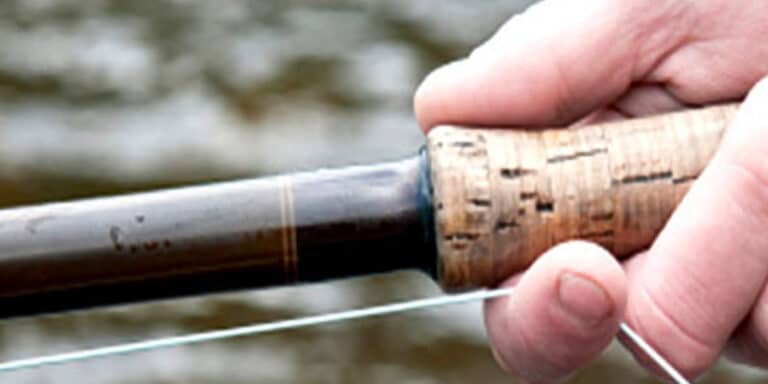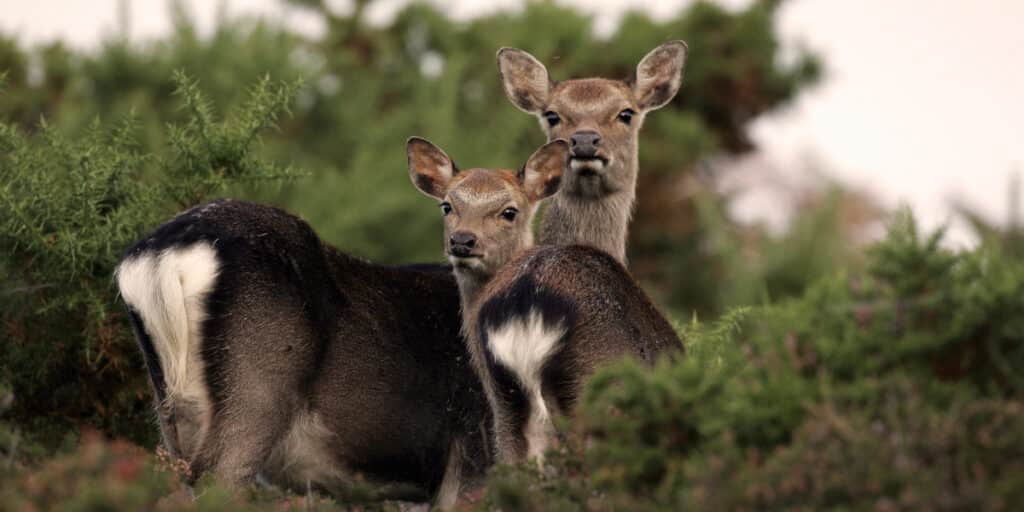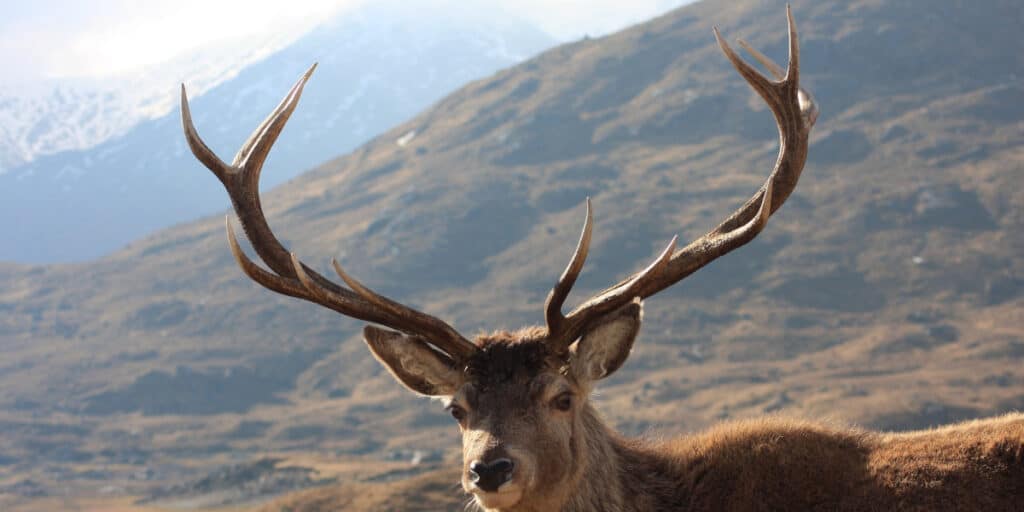Fly Fishing for Pike is rapidly haining in popularity. Scotland, a land of lochs and rivers, is a paradise for any angler. The thrill of casting a line in the pristine waters, the anticipation as you wait for a bite, and the exhilaration of reeling in a catch are experiences that are hard to match. But fishing for pike in Scotland offers a unique and exciting adventure for those who are up for a challenge.
Pike, a predatory fish known for its size and strength, is a prized catch for many anglers. Fly fishing for pike is a sport that requires skill, patience, and the right equipment. In this blog post, we will guide you through the essentials of pike fly fishing in Scotland, from choosing the right gear to finding the best fishing spots.
Scotland, a land of lochs and rivers, is a paradise for any angler. The thrill of casting a line in the pristine waters, the anticipation as you wait for a bite, and the exhilaration of reeling in a catch are experiences that are hard to match. But fishing for pike in Scotland offers a unique and exciting adventure for those who are up for a challenge.
Pike, a predatory fish known for its size and strength, is a prized catch for many anglers. Fly fishing for pike is a sport that requires skill, patience, and the right equipment. In this blog post, we will guide you through the essentials of pike fly fishing in Scotland, from choosing the right gear to finding the best fishing spots.
The Essentials: Tackle and Techniques
When it comes to pike fly fishing, having the correct tackle is crucial. Pike are strong, aggressive fish, and your gear needs to withstand their powerful strikes. A sturdy rod, a reliable reel, and a strong line are the backbone of any pike fishing setup.
But having the right gear is just the start. Knowing how to use it effectively is what will set you apart. There are various techniques in pike fly fishing, each with its challenges and rewards. Whether mastering the art of casting, learning how to handle a pike once hooked, or understanding the best times and places to fish, there’s always something new to learn in this exciting sport.
Avoiding common mistakes is also part of the learning process. Overcasting, using the wrong type of bait, or not being aware of your surroundings can all lead to a disappointing fishing trip. But with practice and patience, you can avoid these pitfalls and increase your chances of landing a big catch.
Choosing the Right Fly Rod
The fly rod is one of the most essential pieces of equipment in pike fishing. It must be strong enough to handle a large, fighting pike and flexible enough to cast your fly accurately. There are many factors to consider when choosing a fly rod for pike fishing, including its length, weight, and material.
Many different brands and models of fly rods are on the market, each with its features and benefits. Researching and choosing a rod that suits your needs and skill level is essential. Reading reviews and getting recommendations from other anglers can also be helpful.
Maintaining your fly rod is also important. Regular cleaning and proper storage can prolong the life of your rod and ensure it performs at its best. And remember, even the best fly rod won’t compensate for poor technique, so practice your casting and reeling skills to get the most out of your fishing experience.
The Art of Tying Knots: Pike Tippet and Leader
Tying knots is a skill that every angler needs to master. The right knot can distinguish between landing a big pike and watching it swim away. In pike fly fishing, the tippet and leader are often the weakest links in your setup, so knowing how to tie solid and reliable knots is crucial.
Many types of knots are used in fly fishing, each with its own purpose and strength. Learning to tie these knots correctly can take time and practice, but it’s a skill that will serve you well in your fishing adventures.
Choosing the right tippet and leader for pike fishing is also essential. These components connect your fly to your line and need to be strong enough to withstand a pike’s powerful bite. There are many factors to consider when choosing a tippet and leader, including their length, strength, and material.
Seasonal Variations
Pike are active predators year-round, but their behaviour and location can vary with the seasons. Understanding these seasonal variations can help you plan your fishing trips and increase your chances of success.
In Scotland, the fishing season for pike typically starts in spring, when the fish are active and feeding after the winter months. This is a great time to fish for pike, as they are often found in shallow waters and are more likely to take a fly.
As the weather warms up in the summer, pike can be found in deeper waters, making them more challenging to catch. But with the proper techniques and patience, summer can still be a rewarding time to fish for pike.
In the autumn, pike starts to move back into the shallows, providing another excellent opportunity for fly fishing. And even in the cold winter months, pike can still be caught, although they are often less active and more difficult to locate.
Conservation Matters
Pike is a valuable part of Scotland’s freshwater ecosystems, and we must fish for them in a way that promotes their conservation. This means following local fishing regulations, practising catch and release, and treating the fish with care and respect.
Overfishing can seriously impact pike populations, so it’s essential only to take what you need and release the rest. Using barbless hooks, handling the fish gently, and returning it to the water as quickly as possible can all help to ensure the fish’s survival.
Promoting responsible fishing practices is something that all anglers can do. By sharing your knowledge and experience with others, you can help to ensure that pike fishing in Scotland remains a sustainable and enjoyable sport for generations to come.
The Thrill of the Catch: Stories of Monster Pike
Catching a large pike is a thrilling experience that every angler dreams of. The fight that a big pike puts up, the sight of it leaping out of the water, and the sense of achievement when you finally land it are moments that you’ll never forget.
But catching a monster pike is not just about luck. It requires skill, patience, and the right equipment. Knowing where to find big pike, how to present your fly, and how to handle the fish once you’ve hooked it are all critical factors in landing a big catch.
Safety is also essential when handling large pike. These fish have sharp teeth and a strong bite, so handling them carefully is necessary to avoid injury. Using a landing net, wearing gloves, and using the right tools to remove the hook can all help to ensure a safe and successful catch.
The Right Gear
Choosing the correct tackle for pike fishing is crucial. The right gear can make your fishing experience more enjoyable and increase your chances of success. But with so many options available, knowing where to start can be challenging.
Your tackle must be strong enough to handle a big pike and versatile sufficient to adapt to different fishing conditions. A good pike fishing setup typically includes a sturdy rod, a reliable reel, a strong line, and flies that mimic the pike’s natural prey.
Maintaining your tackle is also important. Regular cleaning and proper storage can help prolong your gear’s life and ensure it performs at its best. And remember, even the best tackle won’t compensate for poor technique, so practice your casting and reeling skills to get the most out of your fishing experience.
Fly Fishing for Pike: A New Challenge for Anglers
Fly fishing for pike is a sport that offers a unique challenge for anglers. Pike are strong, aggressive fish that require skill and patience to catch. But the rewards are well worth the effort for those up for the challenge of trying to catch them with a fly.
Predator fly fishing is a sport that requires a different set of skills and techniques than traditional fly fishing. The flies are larger, the gear is heavier, and the fish are more challenging to catch. But with practice and patience, you can master these new challenges and experience the thrill of catching a big pike on a fly rod.
Scotland’s Best Spots for Pike Fishing: A Local’s Guide
Scotland is home to some of the best pike fishing spots in the world. From the tranquil lochs of the Highlands to the flowing rivers of the Lowlands, there are countless places to cast a line and try to catch a big pike.
Each fishing spot in Scotland has its unique features and challenges. Some are known for their large pike populations, others for their scenic beauty, and others for their challenging fishing conditions. But no matter where you choose to fish, you will have a memorable experience.
Local regulations and considerations can also affect your fishing experience. It’s essential to be aware of local fishing rules, to respect private property, and to practice responsible fishing practices. By doing so, you can ensure that you positively impact the local environment and community.
Fishing for pike in Scotland is an experience like no other. The thrill of the catch, the beauty of the surroundings, and the camaraderie of fellow anglers all combine to create a fishing adventure you’ll never forget. So, grab your rod, pack your tackle, and head to the water. The pike is waiting!



